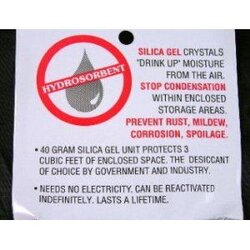Ok, here is the situation. I own a Sante Fe, had it installed this last feburary. My exhaust tube that goes outside is about 2-3 feet out straight and then curved. I live in the woods in the middle of nowhere, so I though I would cover the hole of the tube so I dont encourage wasps or insects from getting inside the stove. So what I did is put a small towel over the tube and rubberband it to keep it secure. I say that to say this, I'm seeing some spotting of rust on the inside of the stove. I'm thinking its because of the towel and the stove isn't getting good air. Especially when its raining and that towel has to dry out there. Seems like its causing a moisture issue. So I took the towel off to let more dryer air in. I'm in northern michigan and we haven't been too humid so far this season.
Any suggestions would help....
Any suggestions would help....


